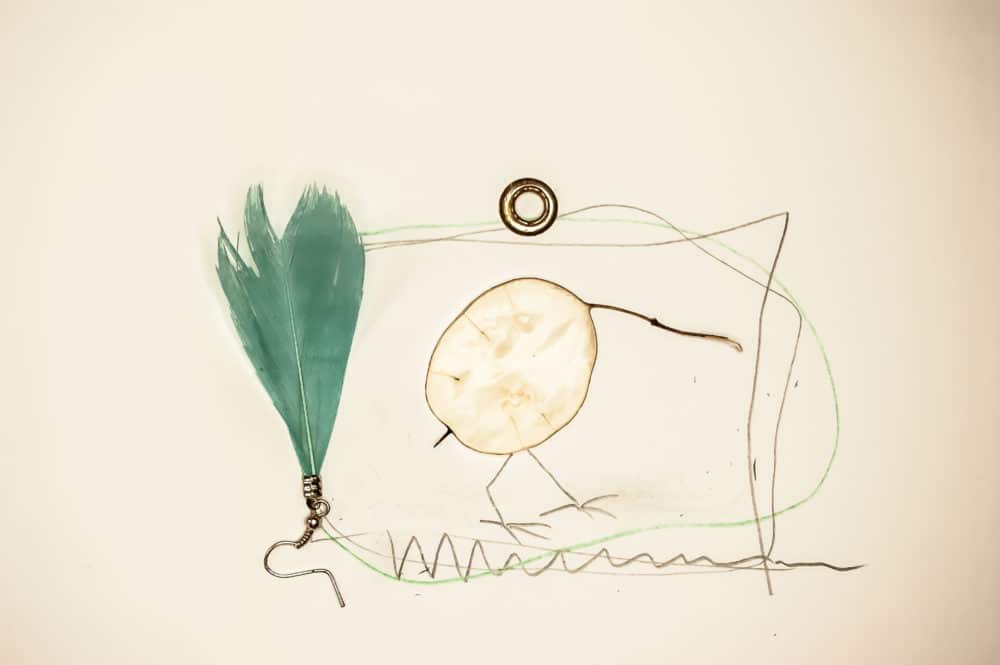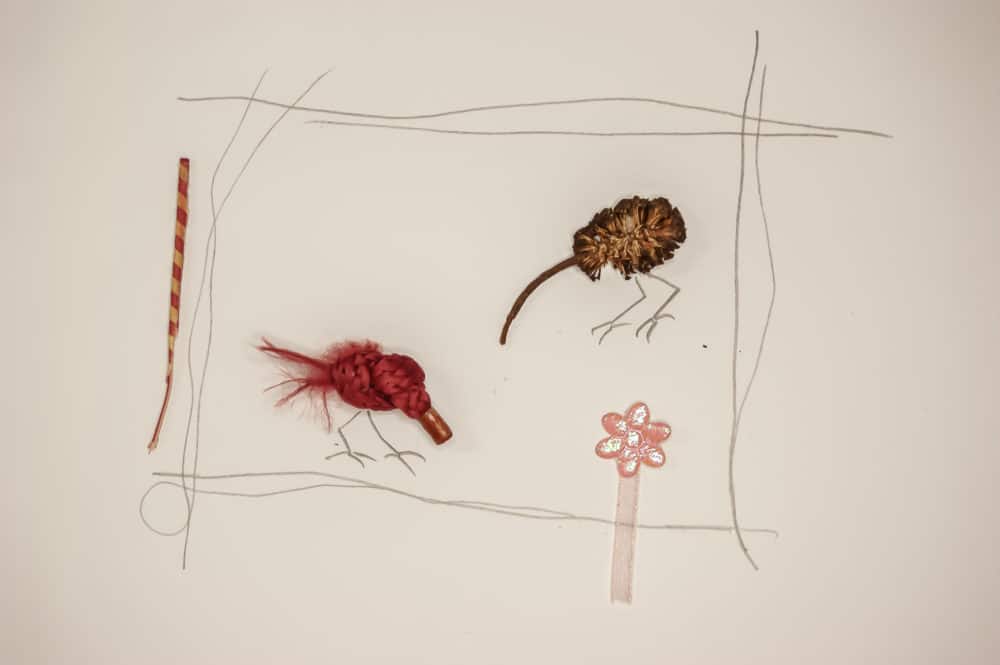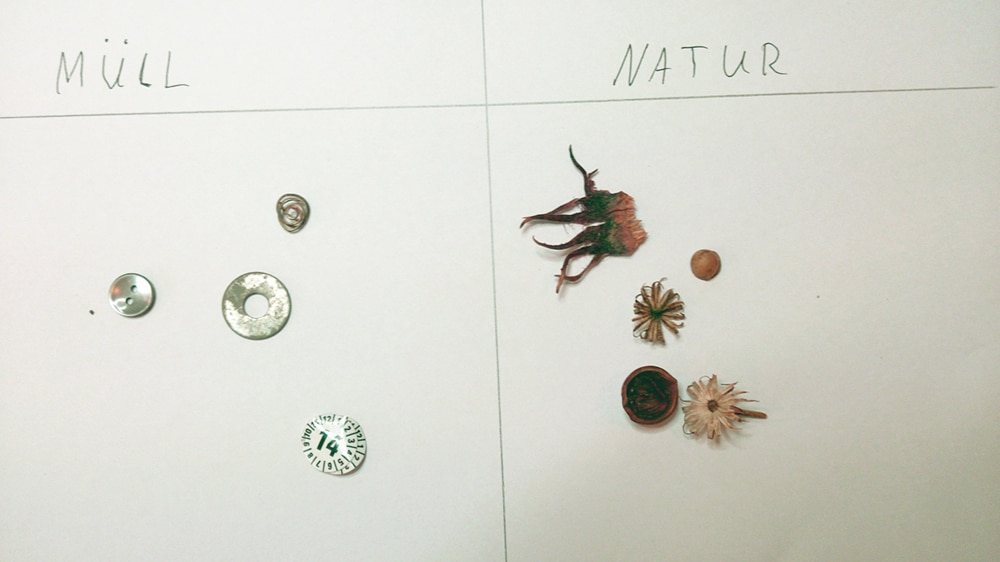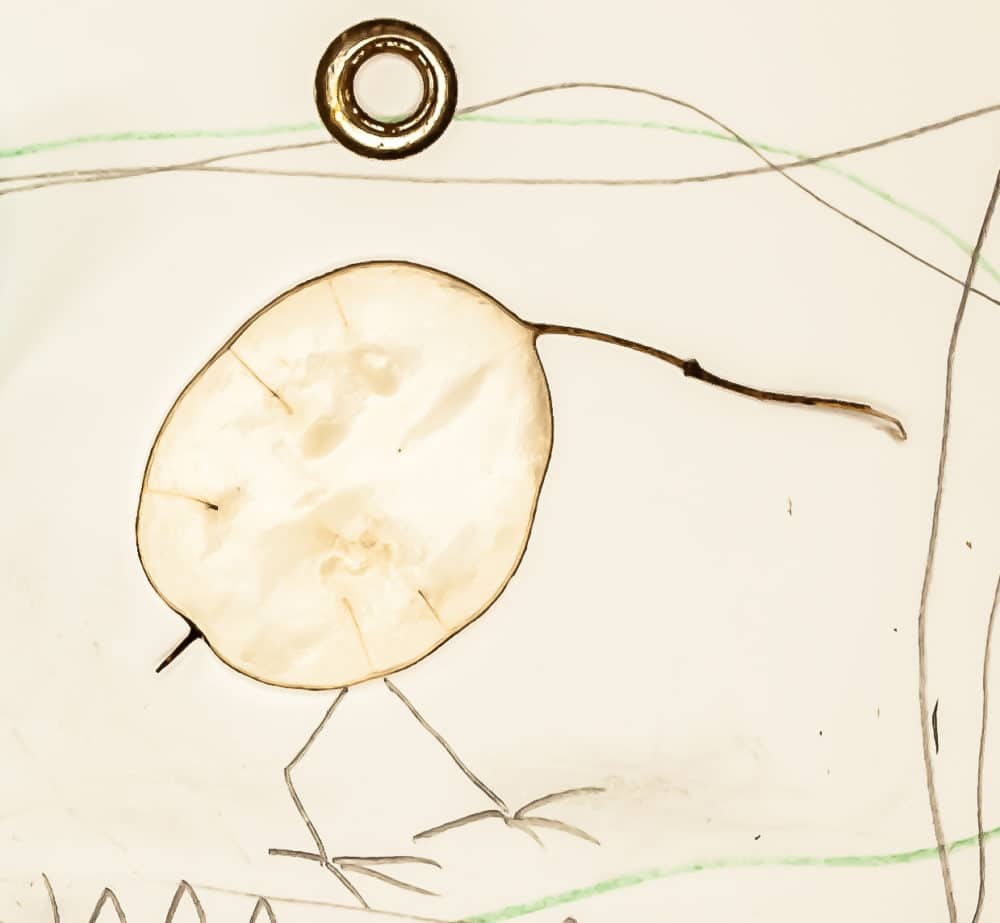
Elbschule – cultural school
When I first enter the spacious and invitingly bright foyer of the Elbschule in Hamburg Altona, full of joyful expectations, I am amazed by the cheerful babble of children’s voices. Just what it sounds like in a school. As the Elbschule is mostly attended by deaf children, I had imagined communication here to be much quieter.
Blunder
I put my foot in my mouth before I even take a step into the school’s reception hall – a gentleman about my age is waiting outside the door to let me in. He waves at me with one hand and smiles at me in a very friendly way! Do we know each other? I nod back in a cautiously friendly manner, finding this familiarity a little strange. Shortly afterwards, I realize that this waving combined with clear eye contact is the normal “Hello!” of a deaf person. I am clumsy. The next time I meet someone, I laugh and wave back cheerfully, grateful for this second chance.
I hope I can be forgiven for my naive assumption, as I had not yet had the pleasure of getting to know such a school with its cheerful and colorful student body and friendly and competent teachers. They don’t just talk with their hands and feet here. Not all children are completely deaf either, but hear very differently with the help of appropriate hearing aids.
The project
I’m really looking forward to creating miniature collages with some of the children in Year 4/5. The art teacher in charge invites me to work with her group of seven children. At the recognized cultural school, there are always changing collaborations with various artists, among others. A wide variety of cultural and artistic stimuli, including musical ones, help the children to understand the world with all their senses.

Mrs. Hair clip
When we first meet, the children give me a different name as the gesture for “Frau Hohlweg” is simply too complicated. Without further ado, I become the “woman with the hair clip” for the duration of the following six-week project – one finger on the cheek for “woman” and two fingers and thumb tapped together on the head for “hair clip”. It fits and is quick. I also try to wear the hair clip for the duration of the project so that I don’t have to be renamed again. Sign language is very imaginatively oriented towards external features. After all, written words, names and terms are merely word pictures for a deaf person and therefore much more difficult to remember and recognize than in connection with their respective sound. There is also a gesture for miniature collages, as I learn – the gestures for “small” and “many” are shown one after the other.
Here we go: Collect and sift
The weather is fine for our first lesson and we all go out together to the park opposite to collect some finds for the miniature collages we are creating. Here, too, things are as lively as on a normal school outing. However, as soon as they start talking to each other, the children are completely turned towards each other to exchange gestures. Shouted or even waved instructions are not always received immediately. I feel a little awkward talking to the children as I don’t know a thing about sign language. I can only point, point, tap and laugh and gesticulate with them when they collect another remarkable find. The teacher interprets as well as she can!
Garbage or nature?
The found objects are then sorted into the two categories “garbage” and “nature”. A hearing child has certainly heard the word “nature” many times in their first years of life when reading aloud, in conversations or watching television and has learned incidentally what is summarized under the term nature. Anyone who is deaf needs examples to look at and, ideally, to touch and move in order to memorize things. The term “nature” as a very abstract concept is explained using examples. Trees, animals, plants – they all belong to nature. The gestures for these examples are shown.

Integrative learning needs to be prepared
The children always talk in pairs about the special features of the items they have found, describing to the other person in as much detail as possible what the closer characteristics are, which is their own favorite item – and we are also amazed at how much garbage can be found everywhere on the paths.
I understand that art lessons at the Elbschule, like every other lesson there, have to be interdisciplinary. It’s not just about artistic creation, but also about reading, writing, expression, biology… all in interaction with each other.
When preparing the lessons together with the teacher, I realize how meticulously and in what small units a lesson is planned in order to always offer variety and different incentives for the most concentrated cooperation possible.
“I have the didactic view and you have the artistic one!”
I assist, make suggestions and marvel at the always up-to-date display boards and name and term cards that the highly motivated teacher prepares for each lesson. “I have the didactic view and you have the artistic one!” I don’t think this productive exchange could be summed up any better. We complement each other’s perspectives and take a new look at everything together. What the teacher may find a little too “sloppy” or superficial here and there, I might call very expressive, simple and apt. In any case, I find our work together very fruitful for both sides and I am delighted with the results of our project. The works are finished in time for the open day and are proudly presented by the children.

That was fun!
Working with the children was extremely inspiring. I gained an insight into learning concepts that were completely new to me. The difference between didactic and artistic approaches has become clearer to me. I got a little push to express myself more clearly and distinctly with my body language. And I got a new name. Something like that only happens to an Indian after an initiation, I thought. That was also a new experience. It was great! I’d love to do it again!
Best wishes and have fun learning
The woman with the hair clip
